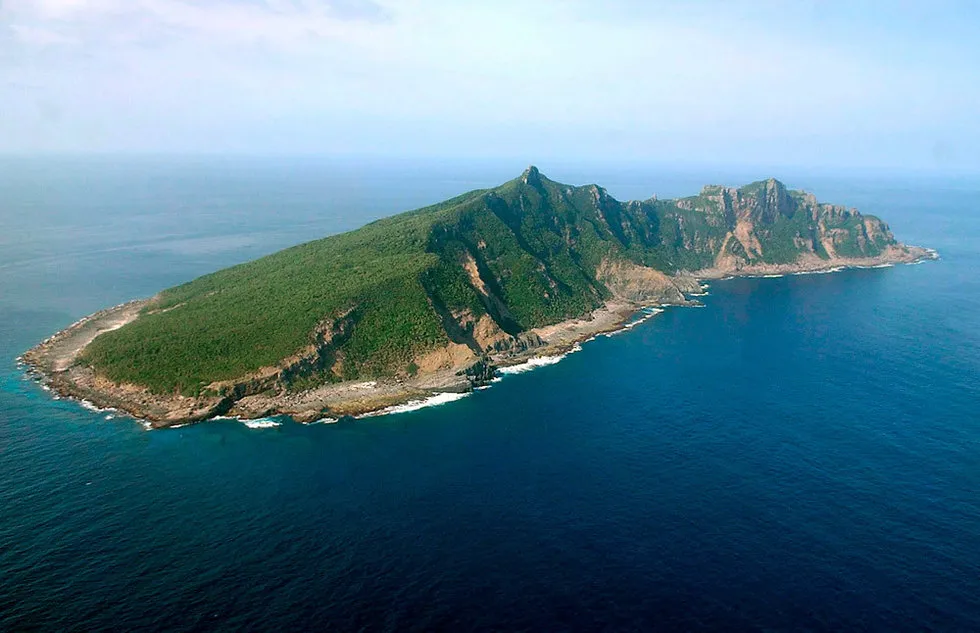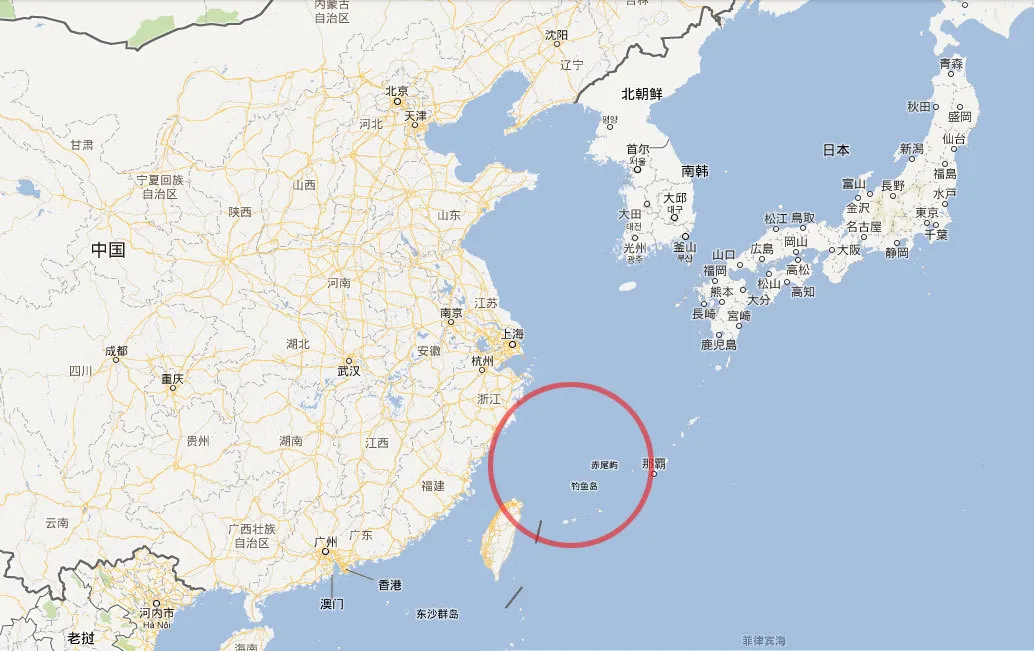The Sovereignty of the Diaoyu Islands, History, and China's Rejuvenation

The Diaoyu Islands are neither large nor small. If we take the Diaoyu Islands as the center and draw a 200-nautical-mile radius, the area it covers is nearly 430,000 square kilometers, roughly equivalent to the combined area of the four provinces of Anhui, Fujian, Jiangsu, and Zhejiang.

The geographical location of the Diaoyu Islands is clearly visible on the map, being very close to mainland China and Taiwan, and relatively far from the main islands of Japan. Historically, the Diaoyu Islands, being uninhabited, were a forgotten island in traditional agricultural and fishing societies. Neither mainland China, Taiwan, Japan, nor the Ryukyu Islands ever effectively exercised jurisdiction over them.
The issue of the Diaoyu Islands emerged in the mid-20th century when United Nations-related organizations detected rich oil and gas reserves in the seabed near the islands. Japan’s occupation of the Diaoyu Islands was based on wars and conquests against China and the Ryukyu Islands. Both mainland China and Taiwan recognized that there was significant room to contest this interest, hence the continuous reinforcement of the stance on the sovereignty of the Diaoyu Islands in national education thereafter.
Based on various pieces of evidence presented by different parties, the Diaoyu Islands can indeed be considered a forgotten island historically. However, to this day, neither the mainland nor the Taiwanese government has recognized Japan’s territorial sovereignty over the Ryukyu Islands. This is actually setting the stage for a much larger game in the future.
China’s maritime territory, if calculated according to international maritime law, is very limited, totaling less than 3 million square kilometers, with more than half of it in the South China Sea. This is highly unfavorable for the long-term development needs of 1.4 billion people. Currently, nearly 600 million people reside in the eastern coastal regions of China, and the demand for maritime interests will see a significant increase in the future. The existence of the first island chain is like an invisible net that could completely stifle China’s hopes of venturing into the open seas. The key area of the first island chain that blocks China is the Ryukyu Islands.
According to China’s future development plan, the economic and population centers will continue to shift to urban clusters along the coast and rivers. The coastal and riverine urban clusters converge in the lower reaches of the Yangtze River, and the area’s advance into the Pacific will directly face the U.S.-Japan alliance in the Ryukyu Islands.
The U.S. plan to return to the Western Pacific has been steadily progressing. The largest interest group in the Western Pacific is the four East Asian countries. Historically, these four countries have all been within the sphere of Chinese culture. If China’s future development surpasses that of the U.S., based on traditional cultural psychology, both the Korean Peninsula and Japan may have a tendency to defect from the U.S.-Europe alliance and join the Chinese cultural sphere, which is something the U.S. is least willing to see. The EU and the U.S. are of comparable strength, and if another community emerges in East Asia, the U.S.’s hegemonic position will have little room to continue. Of course, all of this is currently speculative, but it cannot be denied that this trend exists.
The core of the U.S. East Asia strategy is to maintain control over Japan and South Korea and to curb the rise of Chinese civilization. The most terrifying aspect of Chinese culture is that it has been fighting wars for thousands of years, and its territory has only grown larger. The U.S. absolutely does not want to see China’s rise. On the surface, it secretly wants to push China towards a liberal democratic revolution, but in reality, it is following the same playbook as the Cold War strategy of peaceful evolution against the Soviet Union, with the ultimate goal of splitting China and returning it to the old path of division after long periods of unity.
Chinese culture has historically been one of the most advanced in the world, and in the future, it still has a great chance to stand out. The wisdom of over a billion people will unleash an energy that the U.S. cannot control and is unwilling to face.
As for India, due to its deep religious foundation that fosters a culture of desirelessness, its competitiveness and influence will be greatly limited. Historically, it has been a nation that was conquered and lacked a sense of rebellion, making it incomparable to Chinese culture in this regard.
Although the Taiwan issue is often referred to as the core of U.S.-China relations, as the mainland continues to develop and the gap with the U.S. narrows, the shift in the balance of power is an inevitable trend.
We often say that the Diaoyu Islands are our inherent territory since ancient times, but let’s not dwell on that for now. However, if we were to say “the Ryukyu Islands have been Chinese territory since ancient times,” there would be absolutely no doubt about it. But given the current state of our national and military strength, we are not yet confident enough to make such a statement.
Japan’s occupation of the Ryukyu Islands was done secretly behind the back of the Qing Dynasty, which did not consent, and neither did the subsequent governments of mainland China or Taiwan recognize it. This leaves a lot of room for the future. Especially after the Potsdam Declaration, which restricted Japan’s territory to the four main islands, completely excluding the Ryukyu Islands.
Due to previous directional issues, the development of the Chinese military, especially the navy, has been unsatisfactory, with significant progress only in the last decade or so. However, it is foreseeable that even a country like India, which has no desire for war, has been developing aircraft carriers for decades, so the future of the Chinese navy is still very promising.
In the end, the Diaoyu Islands are just a key to prying open a gap in the first island chain to hold back Japan and the U.S. If we allow Japan to occupy them exclusively, it will be much more difficult to break this chain in the future.
Therefore, defending the Diaoyu Islands is inevitable.
#diaoyu islands #history #china